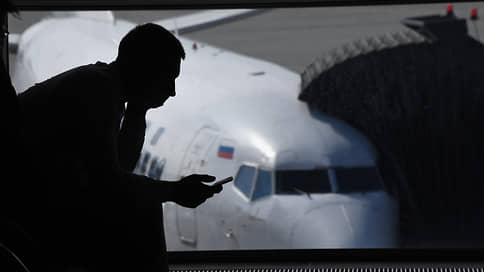The number of accidents with civil aircraft in Russia in 2023 was the lowest since 2014
[ad_1]

The past year 2023 in civil aviation of the Russian Federation, according to IAC, became the best in absolute safety indicators since 2014. The statistics were affected by the general reduction in the number of flights compared to the pre-Covid period. In 2023, there were 21 aviation accidents in Russia, including 11 crashes in which 20 people died. There were no serious accidents with long-haul aircraft. However, in general aviation, the safety situation is not improving: 80% of accidents occur due to human factors, pilots continue to fly without a license, medical certificate and on aircraft without an airworthiness certificate.
The number of accidents involving civil aircraft in Russia in 2023 was the lowest since at least 2014. As stated in the annual report of the Interstate Aviation Committee (IAC), a total of 21 accidents were recorded in the Russian Federation last year, including 11 disasters with the deaths of 20 people.
The authors of the report took into account “a significant decrease in the number of flights in 2023 due to the closure of some international destinations and airports in a number of states party to the agreement.” As Kommersant wrote on December 28, 2023, based on statistics from the Federal Air Transport Agency and major airlines, the average level of flight safety in Russia has remained unchanged since 2019.
The IAC report does not provide a relative indicator of flight safety in the Russian Federation, the number of aviation accidents per 1 million flights. The Federal Air Transport Agency clarified to Kommersant that in 2022 there were 0.61 accidents per 100 thousand hours of commercial aviation in the Russian Federation, and in 2023 – 0.29 accidents.
In all countries participating in the interstate agreement on civil aviation, 26 air accidents were recorded in 2023. This, according to the IAC, is 1.5 times less than a year earlier, and overall is the best figure since 2006. There was no improvement in other safety indicators: there were also 15 crashes, and the death toll rose to 31 from 28. The total number of helicopter accidents decreased, but the number of crashes increased over the year from four to six, and fatalities from 6 to 17 people.
About half of the aircraft accidents, as in previous years, occurred in general aviation (GA). A quarter of all events involved pilots with expired documents or without pilot licenses. In another 25% of cases, pilots worked without a medical certificate of fitness to fly or with an expired certificate. In every third case, the GA aircraft did not have an airworthiness certificate or it was expired, “which indicates insufficient supervision and control by the authorized bodies.”
According to IAC, aircraft accidents in the segment are mainly associated with collisions with surfaces or obstacles in controlled flight. As a rule, pilots do not know the route well, do not pay enough attention to analyzing the weather conditions, do not have the experience and knowledge to perform flights only by instruments, and when they find themselves in conditions of limited visibility, they allow a collision. Loss of control in flight indicates that pilots often do not comply with operating limitations. Finally, some events occur due to equipment failures/malfunctions, including due to incorrect actions of flight or technical crews and self-assembly of the aircraft.
The IAC recommended that aviation authorities, in particular, develop a system of rapid response to the recommendations of the commissions and prepare targeted comprehensive programs “on all aspects of the influence of the human factor on flight safety.” Of the 30 recommendations, half were “given more than once.” Ten years ago, the IAC expressed concern that their recommendations were not fully taken into account, notes the head of the AviaPort agency, Oleg Panteleev. The repeatability of events remains a problem that has not been overcome, especially when it comes to cases of collision with a surface in controlled flight, he clarifies. The expert is seriously concerned about the high proportion of accidents in helicopter accidents.
In this regard, working with companies is important, however, the expert admits, the increased attention of inspection bodies to Caller ID “even with good intentions is perceived without due enthusiasm.” In world practice, it is accepted that most of the explanatory work is carried out by aircraft manufacturers and associations. Now this activity is complicated by the fact that Aibus Helicopters and Robinson have stopped safety seminars, and domestic aircraft equipment for GA, actively supported by manufacturers, has not appeared. ICAO has developed a large volume of recommendations for preventing accidents by groups of events, adds Oleg Panteleev, but these materials “often remain unclaimed.”
[ad_2]
Source link





